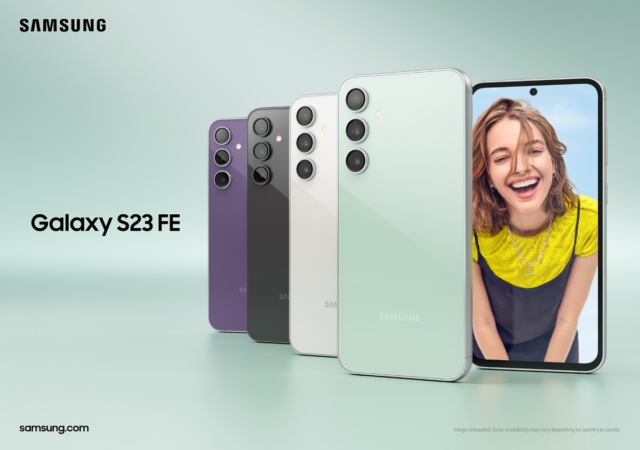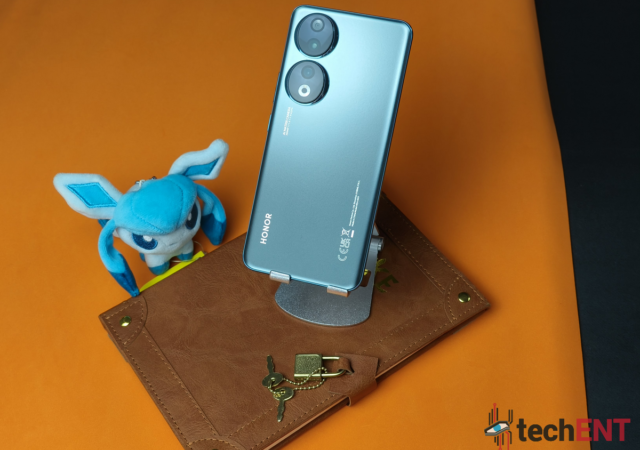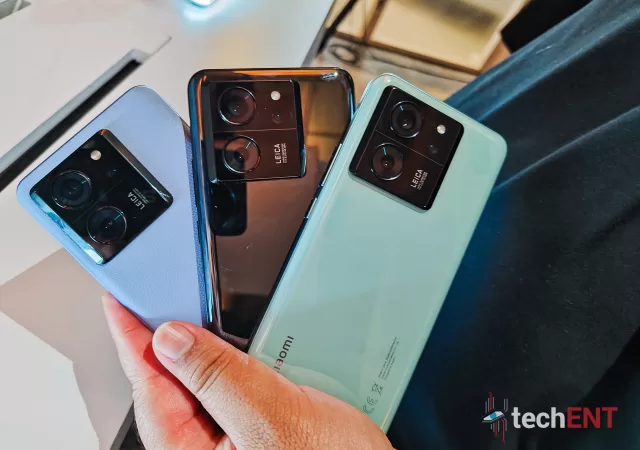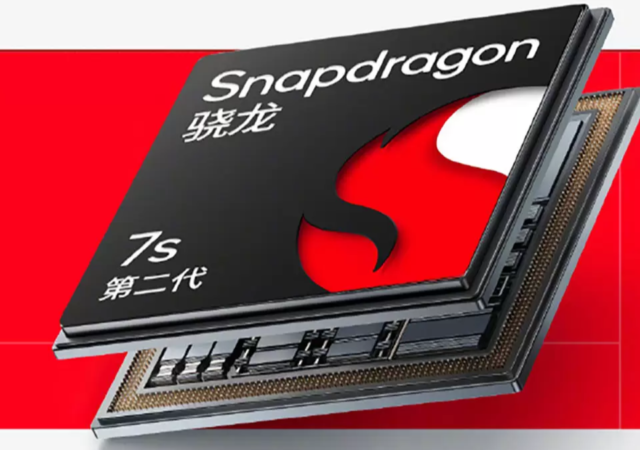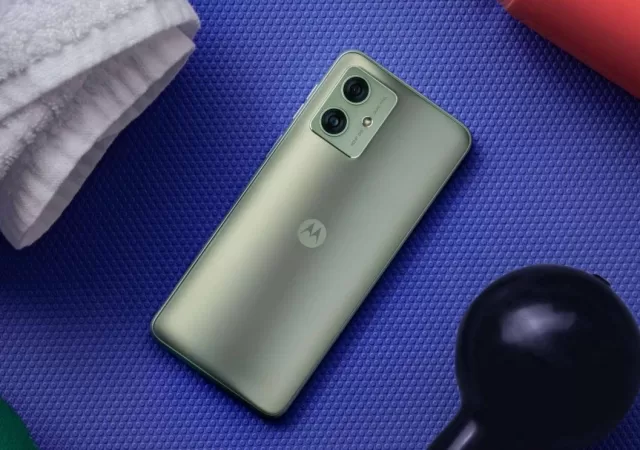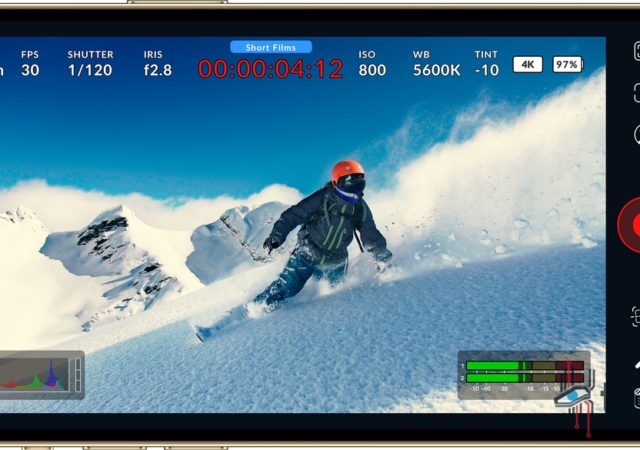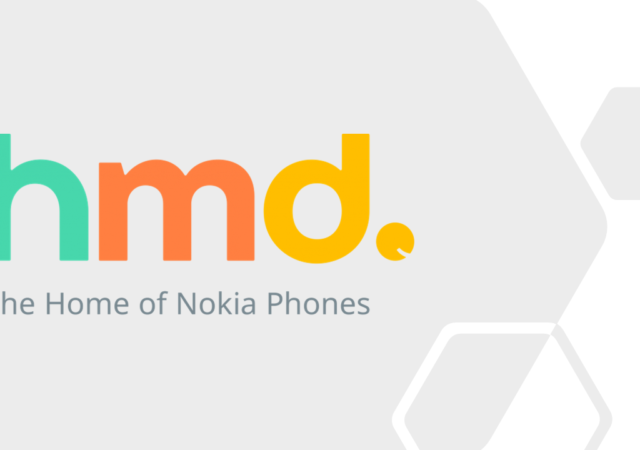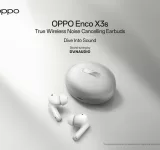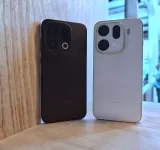Samsung’s Fan Edition isn’t just for the Galaxy S23 FE this year, it’s expanding beyond just its smartphone. This year, the Galaxy Tab S9 and Galaxy Buds lineups are also getting affordable, scaled-back Goldilocks versions under the ‘FE’ moniker. The…
The Fan Edition Returns with the Samsung Galaxy S23 FE
The Galaxy S23 FE is here – find out why this formidably advanced phone with 8GB of RAM has caught the attention of tech reviewers.
Honor 90 5G In-Depth Review: An Affordable Powerhouse
No one has a bigger bone to pick with the affordable segment than Honor. Where it was once an indelible mark is now an arena where it has to prove its prowess. The Honor 90 is another try to prove…
Xiaomi 13T Series Unleashed with Leica Technology for Your Visual Artistry
Experience Xiaomi 13T Series and capture massive 50-megapixel images and videos with Leica technology. 7P aspherical lens and custom photographic styles for pro-level photos.
Apple’s iCloud Now Comes with 6TB & 12TB Plans
Apple updates its iCloud+ offerings with gargantuan 6TB and 12TB plans perfect for digital hoarders or all those precious memories.
Qualcomm Snapdragon 7s Gen 2 Unveiled for Midrange Devices
Get the lowdown on the Snapdragon 7s Gen 2. Built for midrange phones, find out why the ‘s’ stands for stellar specs & performance!
Motorola debuts the Moto G54 alongside G84
Motorola is adding to their mid-range lineups with the release of two new devices, the Moto G54 and its unique variants in three different regions as well as the G84. China and India first to unique variations of the G54…
The iPhone Camera Just Got Better with the Blackmagic Camera App
Transform iPhone into a powerhouse for shooting pro-level videos with the free Blackmagic Camera App. Adjust frame rates, lenses, exposure & more!
HMD Global Charts a New Path with Independent Smartphone Brand
HMD Global announces their own HMD brand amidst their Nokia phone developments. Learn more about the changing dynamics of the smartphone industry and why this move might be attributed to several factors.




